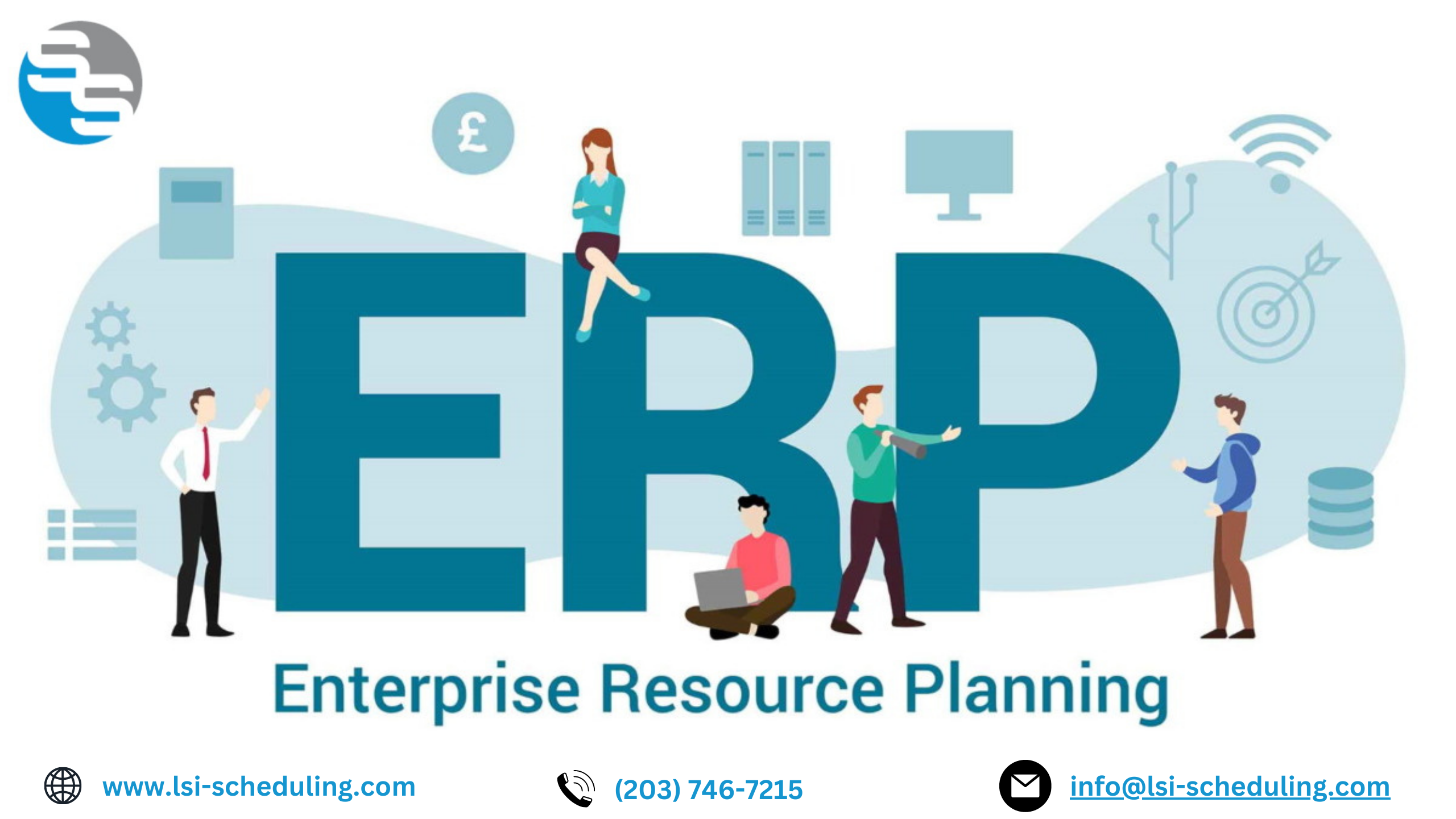Unlocking the power of your Enterprise Resource Planning (ERP) system can significantly enhance your business operations and improve overall efficiency.
Here are some tips and tricks to help you maximize the potential of your ERP:
Define clear objectives: Clearly define your business objectives and align them with your ERP implementation. This will ensure that you focus on the areas that matter most to your organization and leverage the ERP system to achieve those goals.
User training and adoption: Invest in comprehensive training programs for your employees to ensure they have the necessary skills to utilize the ERP system effectively. Encourage user adoption by emphasizing the benefits of the system and providing ongoing support and guidance.
Customize for your business: Tailor the ERP system to match your business processes and requirements. Customize workflows, reports, and dashboards to provide relevant and actionable information that aligns with your specific needs.
Streamline processes: Take advantage of the automation capabilities of your ERP system to streamline and optimize your business processes. Identify manual tasks that can be automated, such as data entry or report generation, to save time and reduce errors.
Integration with other systems: Integrate your ERP system with other critical business systems, such as Customer Relationship Management (CRM) or Supply Chain Management (SCM), to create a unified and seamless data flow across your organization. This integration enhances data accuracy and eliminates the need for duplicate data entry.
Data quality and maintenance: Maintain the integrity of your data by implementing data governance policies and procedures. Regularly clean and update your data to ensure accurate and reliable information within the ERP system.
Key performance indicators (KPIs) and reporting: Define relevant KPIs for your business and configure your ERP system to capture and report on these metrics. Use real-time dashboards and reports to monitor performance and make data-driven decisions.
Continuous improvement: Treat your ERP implementation as an ongoing process rather than a one-time project. Continuously review and improve your processes, workflows, and system configurations to adapt to changing business needs and take advantage of new ERP features and updates.
Collaboration and communication: Utilize collaboration features within your ERP system to improve communication and coordination across departments. Encourage employees to share information, collaborate on projects, and leverage the system’s built-in communication tools.
Stay up-to-date: Keep track of new releases, updates, and enhancements provided by your ERP vendor. Regularly update your system to leverage the latest features and security patches, ensuring that you are benefiting from the full potential of your ERP solution.
By implementing this ERP system software, you can unlock the power of your ERP system and drive significant improvements in productivity, efficiency, and business performance.




